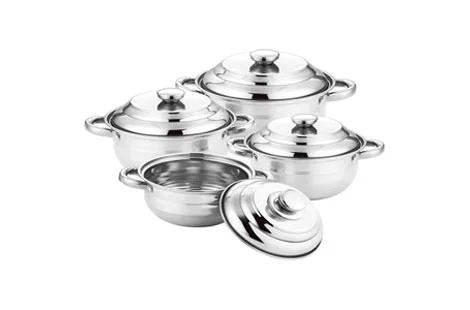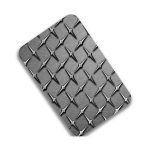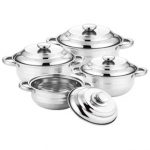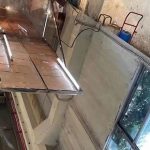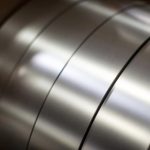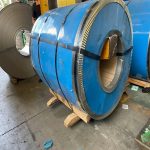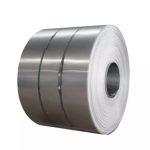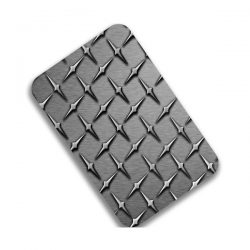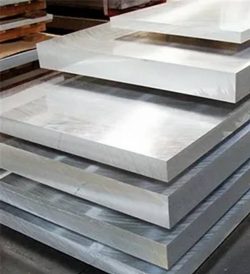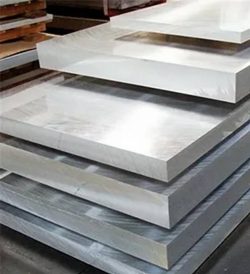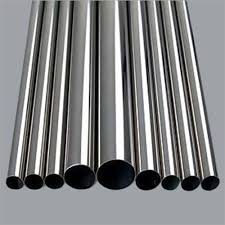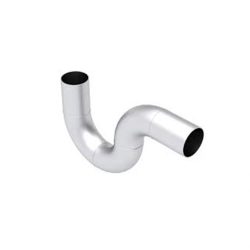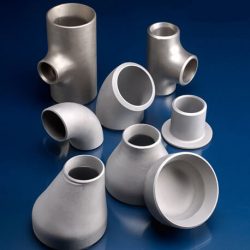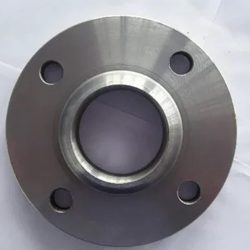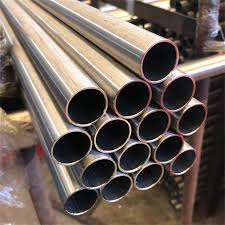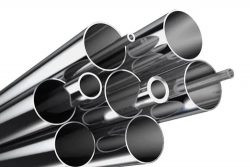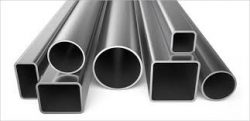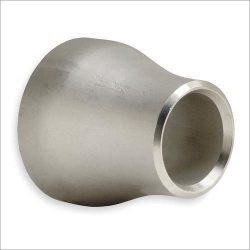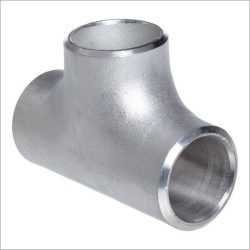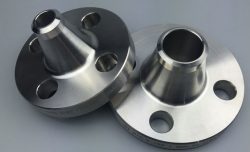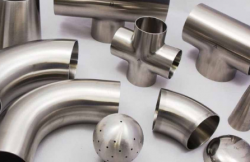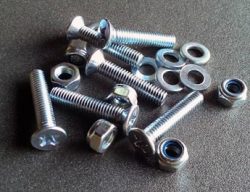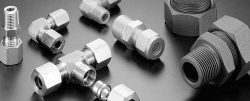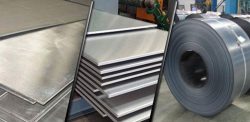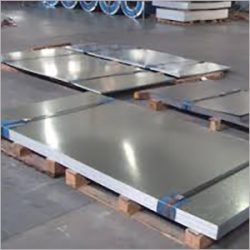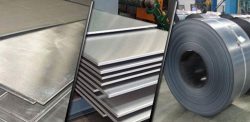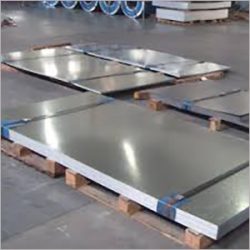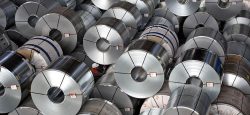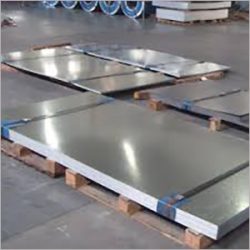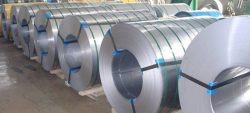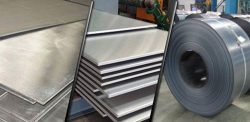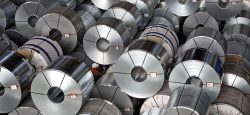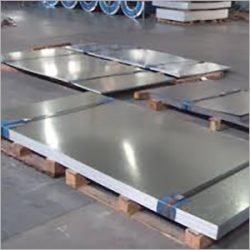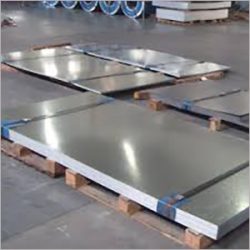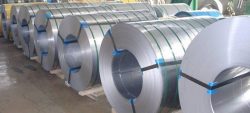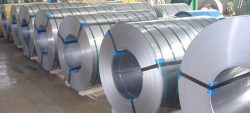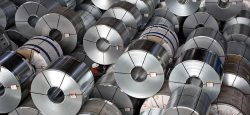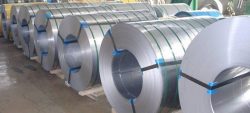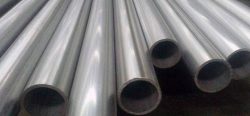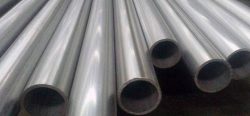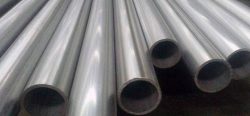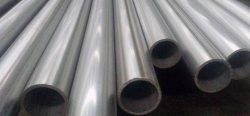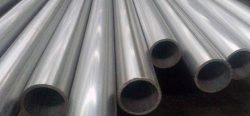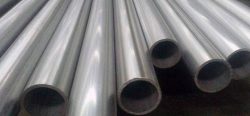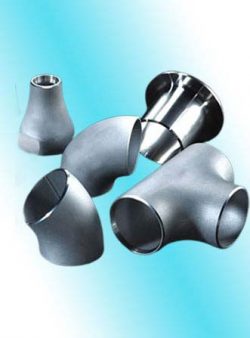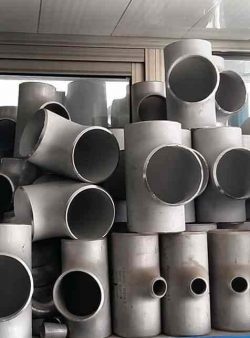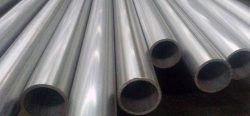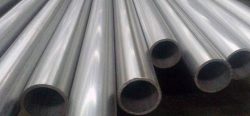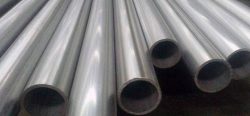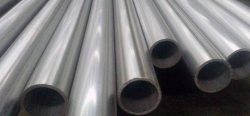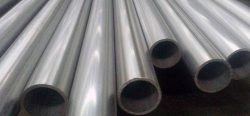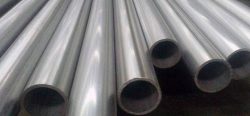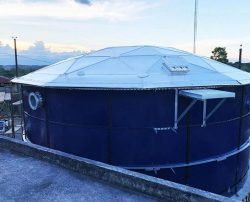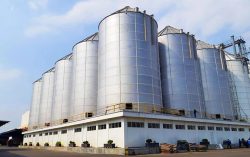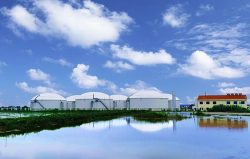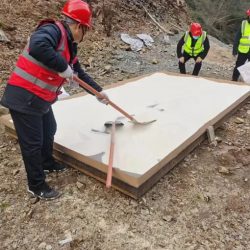Classification of Stainless Steel
Stainless steel can be classified into various grades based on their chemical composition and physical properties. The most commonly used classification system is the AISI/SAE system, which categorizes stainless steel into different series such as 200, 300, and 400 series. These grades have unique properties and are suitable for different applications.
How Is Stainless Steel Classified?
Stainless steel is typically classified according to its microstructure, chemical composition, and mechanical properties. The five main types of stainless steel are:
1. Austenitic: These stainless steels have a high level of chromium, nickel, and sometimes molybdenum. They have excellent corrosion resistance, good formability, and are non-magnetic.
2. Ferritic: Ferritic stainless steels have a high level of chromium, but low or no nickel. They are magnetic and have good corrosion resistance, but are not as formable as austenitic stainless steels.
3. Martensitic: These stainless steels have a moderate level of corrosion resistance and high strength. They are magnetic and hardenable by heat treatment.
4. Duplex: Duplex stainless steels combine the properties of austenitic and ferritic stainless steels. They have both high strength and corrosion resistance, making them ideal for use in chemical and marine environments.
5. Precipitation-hardening: Precipitation-hardening stainless steels have high strength and good corrosion resistance. They are heat-treatable and can be used in applications that require high strength and good corrosion resistance.
These stainless steel types differ in their chemical composition, microstructure, and physical properties, making them suitable for different applications.
The characteristics of the different types of stainless steel classifications are as follows:
1. Austenitic Stainless Steel:
– Non-magnetic
– High strength and ductility
– Excellent corrosion resistance to various types of corrosive environments
– Good weldability and formability
– Good heat resistance
2. Ferritic Stainless Steel:
– Magnetic
– Good resistance to corrosion and oxidation
– Lower carbon content makes it less susceptible to intergranular corrosion
– Good formability and weldability
– Lower ductility and toughness compared to Austenitic stainless steel
3. Martensitic Stainless Steel:
– Magnetic
– Very high strength and hardness
– Good wear resistance
– Moderate corrosion resistance
– Limited weldability and formability
4. Duplex Stainless Steel:
– Combination of Austenitic and Ferritic structures
– High strength and toughness
– Good resistance to corrosion, especially in chloride-containing environments
– Good weldability and formability
– Higher cost compared to other types of stainless steel
5. Precipitation Hardening Stainless Steel:
– High strength and corrosion resistance
– Good toughness and ductility
– Good weldability and formability
– Capable of being hardened by heat treatment
– Higher cost compared to other types of stainless steel
Overall, stainless steel is characterized by its excellent corrosion resistance, durability, and aesthetic appeal. The different types of stainless steel are chosen based on the specific properties required for the intended application, as well as other factors such as cost and availability.
The uses of each type of stainless steel classification are as follows:
1. Austenitic Stainless Steel:
– Food processing equipment
– Pharmaceutical and medical equipment
– Chemical processing equipment
– Piping systems
– Automotive trim
– Kitchen appliances
2. Ferritic Stainless Steel:
– Automotive exhaust systems
– Catalytic converters
– Decorative applications
– Heat exchangers
– Furnace parts
– Water heaters
3. Martensitic Stainless Steel:
– Cutlery
– Knife blades
– Tools
– Bearings
– Turbine blades
– Valve parts
4. Duplex Stainless Steel:
– Chemical processing equipment
– Oil and gas equipment
– Marine equipment
– Heat exchangers
– Pressure vessels
– Pulp and paper industry
5. Precipitation Hardening Stainless Steel:
– Aerospace and defense components
– Aircraft parts
– Surgical instruments
– High-performance bearings
– Nuclear reactor components
– High-strength fasteners and shafts
The specific application of each type of stainless steel depends on its unique properties and characteristics. The appropriate type of stainless steel is chosen based on factors such as the intended use of the product, the level of corrosion resistance required, and the cost and availability of materials.
